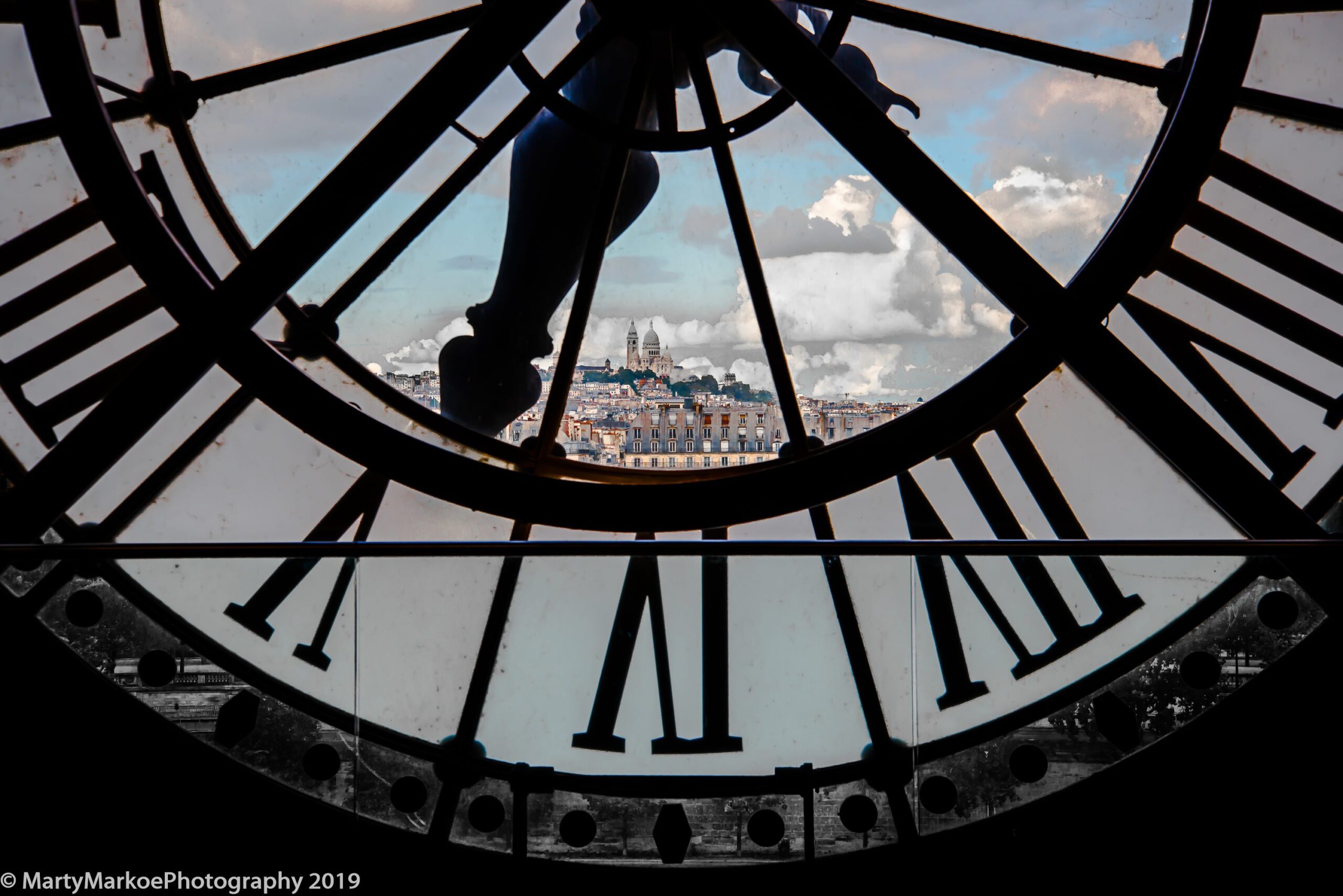
In 1964 I received an Olympus rangefinder camera for my 17th birthday. For a year or so I only took snapshots for personal use. In 1965 I was working as a waiter in a summer camp. The camp had a dark room and a photography teacher. When the photography instructor saw me taking photos he asked if I wanted to develop and print the negatives. I was reluctant at first because developing film and prints seemed like voodoo. Finally yielding to the instructor’s encouragement, I decided to give it a try. Watching that first black and white image appear in the developing tray seemed like magic. I was hooked.
In 1969 I built a darkroom in my first apartment. Having the time and tools to work at my own pace is when I started seeing a separation between photographs as function and photographs as art. Working in one’s own darkroom with the control this afforded, became personal.
In 1971 I started a 32 year career as a teacher in the South Bronx. Teaching afforded time and resources to pursue photography as an artistic journey of exploration and introspection.
Over the next 15 years, the sophistication of cameras used increased from 35mm through 8×10 view cameras. The black and white developing/printing process was honed and refined. In 1984 life and family reality set in. I did not take a serious photo for the next 15 years.
In 1999, through my speech recognition microphone business, I met and became good friends with Birger Pettersen of Palm Beach, FL. In the course of our developing friendship, we discussed his interest in photography and my former avocation. Out of the blue, on my front doorstep was Birger’s old camera. By old, I mean 6 months. Birger knew he’d never use it again after getting a newer one. From the first digital image, I was addicted again. Without conscious thought, I’d made a transition from B&W to color photography.
After years of visiting friends and family abodes, and seeing B&W photos displayed from as long as 45 years ago, I realized I did not have copies of most. In 2013 I pulled out binders of archived 35mm, 2 1/4, 4×5 and 8×10 B&W negatives. It took several months of trial and error to achieve optimum quality of scanning negatives for reprinting. One of my fears had been of reprinting B&W on digital media the beauty and richness of darkroom images printed on silver halide papers of old would be lost. I invested in an Epson 4900 printer which used special inks for printing B&W images. Much to my delight, the images being produced today from scanned negatives are at least as rich as the original silver-printed images.
Building this website was another part of the creative odyssey. Along with new images, a storehouse of thousands of images, B&W and Color, the website will be regularly updated.